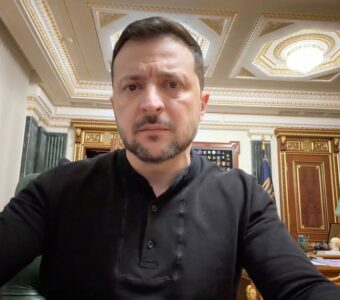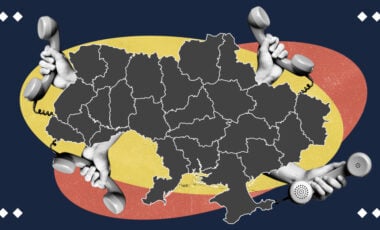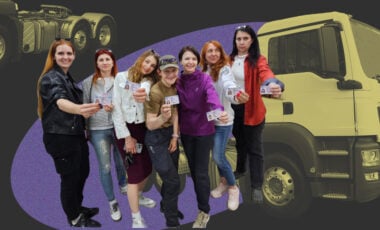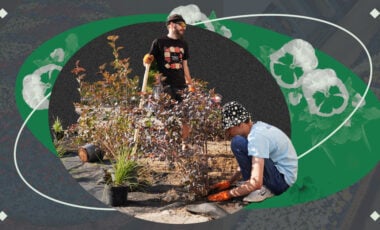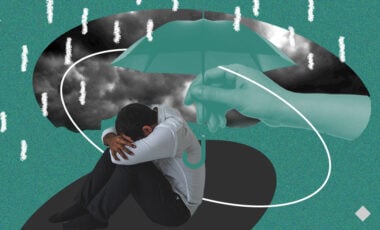Ukrainian education ministry presents manual for teachers on discussing war in schools
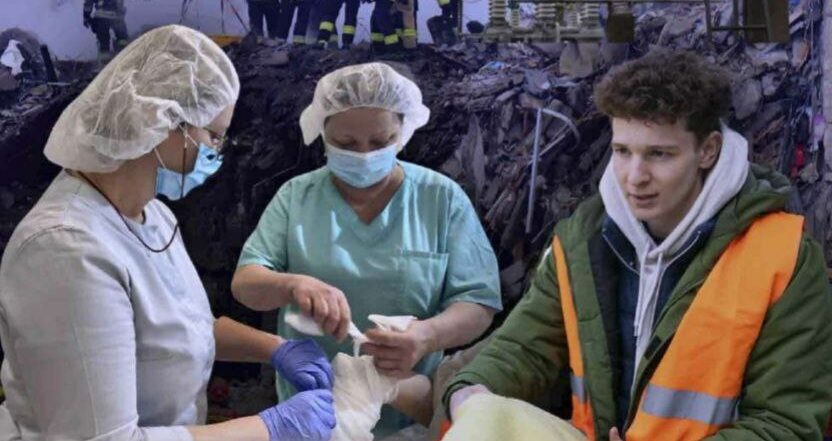
Фото: mon.gov.ua
Ukraine's education ministry has developed a manual for teachers that provides recommendations on how to teach children about the Russian-Ukrainian war at school.
What is the problem?
A full-scale war has been going on in Ukraine over 20 months. Despite the urge to not let the terrible events affect the youngest, the war has become a part of their lives.
During this time, millions of children suffered from Russian atrocities. Today, Ukrainians shudder from explosions and gunshots, wake up to the piercing sounds of sirens and fall asleep in basements.
It is difficult to talk about war, death, loss and grief with children. Not every adult can find words and images that will not further traumatize a kid.
As for schools, teachers need to find an approach to each child individually.
What is the solution?
Therefore, the ministry has developed a manual for teachers that sets out recommendations on how to tell children about the Russian-Ukrainian war in educational institutions.
It is intended to promote civic engagement and teach children to distinguish between facts and fakes.
How does it work?
The manual is divided into units designed for primary, middle, and high school students. Materials from it can be used for educational hours, lessons of civic and historical, language and literary education, etc.
What to mention?
Key facts and fakes about the Russian-Ukrainian war:
- history of the war and its causes;
- prerequisites for a full-scale war;
- chronology of events;
- the history of Ukraine's independence;
- international support;
- tragedies of the Ukrainian people.
Russian manipulations and historical facts to counter them:
- destruction of the Ukrainian people and its culture during the Russian Empire and the USSR:
- Russia's attempts to Russify Ukraine after its independence;
- the history of Ukrainian statehood as opposed to the "Ukraine invented by Lenin";
- the crimes of the USSR against Ukrainians.
The general concept of war:
- causes of its occurrence;
- Ukraine's policy of minimizing the risk of war;
Ukraine's victories in modern warfare:
- the Battle of Kyiv;
- liberation of the north;
- regaining control of the Black Sea;
- counteroffensive in the Kharkiv region;
- liberation of Kherson;
- strikes on the Crimean bridge;
- restoration of the electricity grid after massive missile attacks.
Як про це варто розповідати?
The ministry recommends using the "Walk in my shoes" method. These are conversations about own and other people's experiences during the war.
It also advises to personify the war using stories of soldiers, volunteers, and civilians. In particular, using their example, analyze the concepts of "hero".
The ministry notes that discussing works of art is a way to start a conversation about the war, an important tool for identifying and overcoming trauma.
The manual also contains a methodology for identifying fakes and provides examples of texts for students of all ages to practice recognizing false information..
For more than a year, the SpivDiia for Children project has been operating spaces for children and their parents to receive psychological support, find new hobbies and friends, learn, and develop in 22 Ukrainian cities.
Rubryka spoke with the head of the project to find out how it works and how over 80,000 children have already been helped in a year of work.




